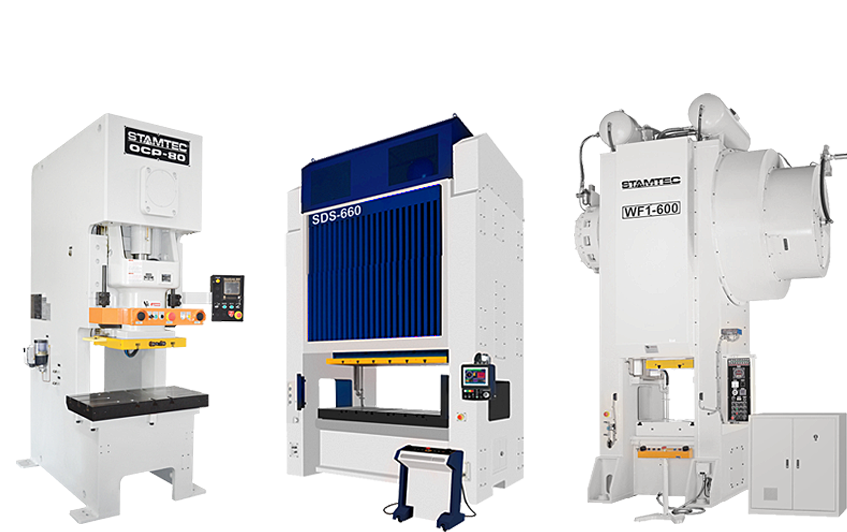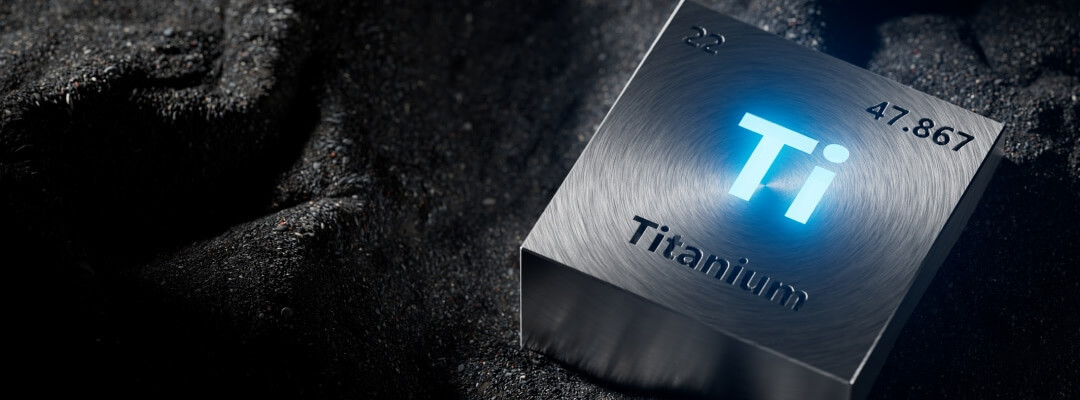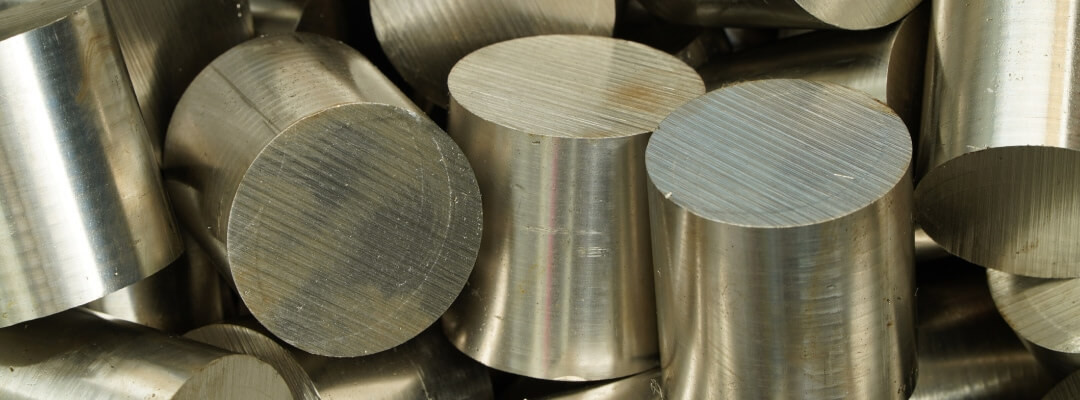

Titanium is one of those rare metals that seems almost custom-made for the world's toughest engineering challenges. With its exceptional strength-to-weight ratio, outstanding corrosion resistance, and natural biocompatibility, titanium has become indispensable across industries—from the skies of aerospace to the operating rooms of medical manufacturing. But if you've ever wondered, "How is titanium formed?" you probably know that shaping this remarkable metal is anything but straightforward.
Unlike more common metals, titanium's unique physical and chemical properties demand specialized forming methods. Its reactivity and stiffness can frustrate even seasoned operators, requiring advanced equipment and a deep understanding of metallurgy and process control.
Let's break down the most essential titanium forming techniques used in modern manufacturing. Whether you're an engineer optimizing a production line, a purchasing manager sourcing new equipment, or just curious about the science behind titanium forming, you'll find practical insights here. We'll explore popular processes like hot forming titanium, cold forming titanium, and innovative hybrid methods, all while explaining how titanium's characteristics shape each approach.
Let's get started by exploring what makes titanium so special—and why forming it is both a challenge and an opportunity for forward-thinking manufacturers.
Table of Contents
Before getting into the nuts and bolts of titanium forming methods, it's important to understand what sets titanium apart from the metals you might encounter every day on the shop floor. Let's take a look at titanium's properties:
So, how is titanium formed into parts for these demanding applications? That's where things get interesting. Titanium's crystal structure (hexagonal close-packed, or HCP, at room temperature) is less "slippery" than metals like aluminum or copper. This means less ductility at lower temperatures—titanium doesn't want to flow or bend as easily and is more prone to cracking if not handled properly.
The grain size and distribution in titanium alloys play a critical role in how the metal responds to forming. Finer grains can boost ductility and formability, while coarser grains may increase strength but reduce the metal's ability to be shaped without defects.
Perhaps most importantly, temperature has a dramatic effect on titanium forming. At higher temperatures, titanium's crystal structure becomes more accommodating (transforming to a body-centered cubic, or BCC, structure), which allows for more extensive shaping with less risk of cracking.
Titanium's unique blend of desirable—and sometimes challenging—properties means that choosing the right forming method requires an understanding of the science behind the metal and how to work with, rather than against, its natural tendencies.

When shaping a metal as tough and stubborn as titanium, sometimes the best approach is to turn up the heat. Hot-forming titanium involves processing the metal at high temperatures, typically between 800°C and 950°C (1,470°F to 1,740°F), where its structure becomes more ductile and easier to work with.
During hot forming, titanium undergoes plastic deformation while avoiding the risk of cracking or tearing that can occur at lower temperatures. At these elevated temperatures, titanium's crystal structure transforms, making it far more workable. Processes like hot forging, hot pressing, and hot rolling are commonly used to create everything from structural aerospace parts to medical components.
Using the hot forming method has several advantages:
If using this method, it's wise to keep the following in mind:
You'll find hot-forming titanium used extensively in the aerospace industry (think jet engine components, airframe structures), as well as in medical device manufacturing and high-performance automotive parts.
Stamtec's hot forging presses meet the demanding requirements of titanium and specialty alloy production. With rugged construction and advanced controls, our presses help manufacturers achieve precise, repeatable results—even with the most challenging materials.
While hot forming is powerful, there are many cases where manufacturers want to shape titanium at—or near—room temperature. That's where cold forming titanium comes in. This method leverages high force and precision, rather than heat, to create parts with excellent surface finish and dimensional accuracy.
Cold forming titanium involves processes like cold forging, stamping, drawing, and bending. Titanium blanks or sheets are pressed into shape using powerful mechanical or hydraulic presses, without preheating the material. This approach is especially useful for smaller components, high-volume production, or when a superior surface finish is critical.
There are several advantages to using cold forming to shape titanium:
Cold forming titanium is popular for fasteners, brackets, medical pins, small aerospace fittings, and other high-precision components where material integrity and surface finish are paramount.
Explore Stamtec's full range of cold forging presses designed to tackle tough-to-form materials like titanium. Our presses deliver consistent, high-force performance for reliable results in demanding environments.
For parts with incredibly complex shapes or ultra-thin walls—think aerospace ductwork or intricate medical devices—engineers often turn to advanced techniques like superplastic forming and hybrid manufacturing methods.
Superplastic forming (SPF) takes advantage of certain titanium alloys' ability to undergo massive elongation—sometimes over 1000%—when heated to the right temperature (typically around 900°C, or 1,650°F) and deformed very slowly. In this state, titanium behaves almost like bubble gum, allowing for the creation of complex, deep-drawn shapes that would be impossible with traditional pressing or forging.
A titanium sheet is heated in a die and then pressurized (often with inert gas), causing it to flow and fill the mold slowly. The process is ideal for low-volume, high-precision aerospace and medical parts with intricate geometries.
Can titanium be formed using additive manufacturing or hybrid methods? Absolutely. The rise of 3D printing (additive manufacturing) has opened new doors for titanium part production, particularly for geometries that are impossible or uneconomical with traditional forming.
We understand the challenges—and opportunities—of titanium forming better than anyone. Stamtec's hot forging and cold forging presses are engineered for reliability, precision, and performance with even the most demanding materials. Contact us today to discuss your application, get expert guidance on titanium forming processes, and see how our solutions can help you deliver exceptional results, no matter how titanium is formed in your shop.
REQUEST A QUOTEEven with a solid understanding of titanium forming methods, there are always a few key questions that come up, especially when you're dealing with such a remarkable and unique material. Let's tackle some of the most common questions engineers, operators, and manufacturers ask about working with titanium:
Temperature is one of the biggest factors influencing titanium forming. At higher temperatures, titanium's crystal structure becomes more ductile, allowing for greater deformation without cracking—a principle that underpins hot forming and superplastic forming techniques. At lower temperatures, titanium is stronger but less malleable, so cold forming requires higher forces and careful process control to avoid defects.
Titanium's hexagonal close-packed (HCP) crystal structure at room temperature makes it less ductile than many metals, which is why it doesn't cold-form as easily. However, heating titanium changes its structure, making it more formable. Grain size also matters: finer grains enhance ductility and ease of forming, while coarser grains can lead to increased strength but decreased workability. Managing grain structure—through processing and alloy selection—is crucial for successful titanium forming.
Yes, titanium is increasingly shaped using advanced technologies like additive manufacturing (AM) and hybrid processes. AM builds titanium components layer by layer, enabling the creation of complex or custom shapes that would be challenging with traditional methods. Hybrid approaches combine AM with hot or cold forming and machining, offering new flexibility and performance options for critical parts in aerospace, medical, and beyond.